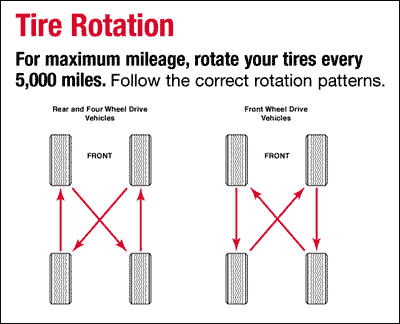How long do truck tires last? This is a common question we hear from drivers on the road who want to ensure that they are keeping their semi-truck in top condition and getting the most for their miles. The condition of your tires can impact quite a few things, from how smooth your ride is to your fuel efficiency. Keeping your tires well maintained lowers your risk of accidents on the road, helps you get more miles per gallon when you fill up at the pump, and more. So, how long do semi-truck tires last and how do you know when it is time to get a new set? Follow these tips, from the experts at LubeZone Truck Lube Center.
It’s important to know that if one part of your tire becomes compromised you will need to replace the tire for your safety, as well as the safety of others on the road. Experts recommend replacing your tires in sets, as sets with uneven treads can cause your truck to ride more roughly.
You should never keep tires on your truck for longer than six years, though the average lifespan of a semi-truck tire is anywhere from three to six years if they remain in good condition. If you are going by mileage, experts generally recommend that you replace your tires anywhere from every 25,000 miles to every 75,000 miles. Numerous things will impact how long you can go without changing your tires.
When asking how long do truck tires last, you must pay close attention to several things. First, make sure that you get routine truck tire service near you to check for anything that may be wrong. Tires can develop air bubbles or cracks that damage their integrity. They can also get small holes in them that cause slow leaks, which can lead to blowouts and deadly accidents. If your tires are cracked or get bubbles in them you will need to replace them.
Other elements that impact how long your semi-truck tires will last include:
There are several factors that impact the lifespan of your tires, but first it’s important to know a little bit about the anatomy of your tires and why they’re so important.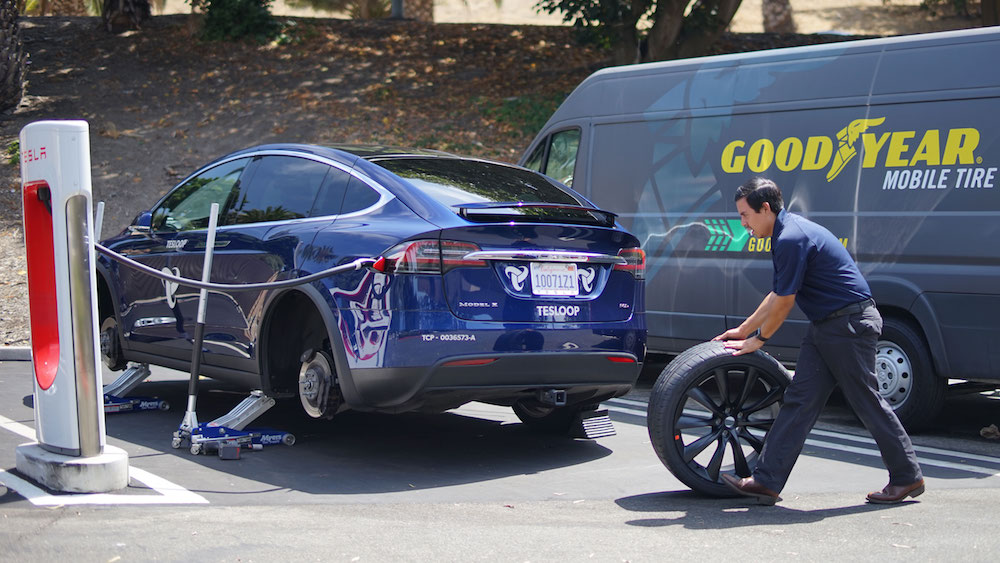 Your tires are more than just a thick rubber. Semi-truck tires are made up of up to seven different layers that can comprise more than 200 different materials. They’re extremely complex by design, as they carry large and often expensive loads.
Your tires are more than just a thick rubber. Semi-truck tires are made up of up to seven different layers that can comprise more than 200 different materials. They’re extremely complex by design, as they carry large and often expensive loads.
Not only are semi-truck tires made up of synthetic and natural rubber, but they also contain chemicals like sulfur and zinc oxide that help with things such as traction and rolling resistance on the road. Additionally, fillers such as carbon black and silica make your tires stronger than just rubber alone, and then metallic and textile reinforcements are added to help provide shape and more strength. Common reinforcements include rayon, wires, nylon, and polyester.
These materials are formulated to create each of the seven layers in semi-truck tires. The seven layers are as follows.
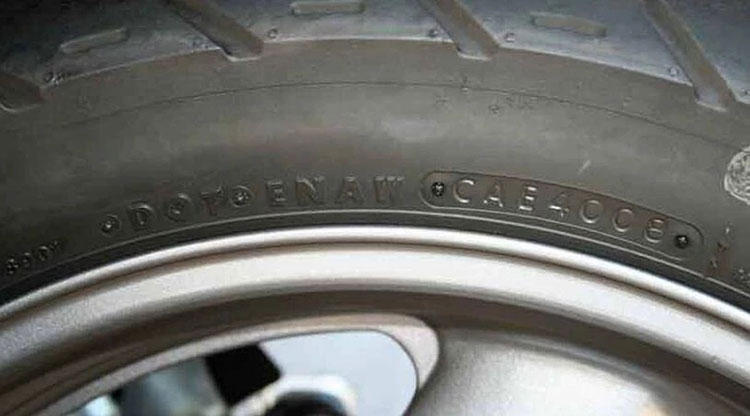
Ensuring that your tires are properly maintained, have the appropriate air levels, and are in good condition is essential to your safety as well as the safety of other drivers. Tire blowouts can cause deadly accidents and the most common causes are tires that have damage, tires that are improperly inflated, and tires that are worn out and too old.
Tire blowouts can cause deadly accidents and the most common causes are tires that have damage, tires that are improperly inflated, and tires that are worn out and too old.
When you come into LubeZone Truck Lube Center, we can check the air pressure in your tires each time to ensure that they meet manufacturer requirements. It is important that your tires have the proper amount of air in them to ride smoothly, get the most out of your fuel mileage, and maintain their shape and form to prevent blowouts.
Having your tires checked by professionals at each routine stop can help you increase their lifespan, saving money on frequent replacements due to premature wear and tear. When asking how long do truck tires last, taking routine checks and maintenance into consideration is key. In addition to tire air pressure checks, at our Baytown, Texas location LubeZone Truck Lube Center offers an alignment service as well.
LubeZone Truck Lube Center is the go-to for semi-truck preventative maintenance. Not only do we perform full-service oil changes in 40 minutes or less, but we can also conduct tire air pressure checks among other services such as oil analysis and air filter replacements. Additionally, we offer Department of Transportation certified inspections and state inspections at select locations.
Not only do we perform full-service oil changes in 40 minutes or less, but we can also conduct tire air pressure checks among other services such as oil analysis and air filter replacements. Additionally, we offer Department of Transportation certified inspections and state inspections at select locations.
With eleven locations across four states, and still growing, LubeZone Truck Lube Center facilities are located along major interstates near convenient truck stops, shopping plazas, restaurants, and more.
LubeZone
LubeZone is the fastest growing dedicated semi-truck service in the United States with locations in Texas, California, Oklahoma and Georgia. Our preventative maintenance solutions are designed to get the professional driver back on the road FAST.
Last Updated October 14, 2022
TireHungry.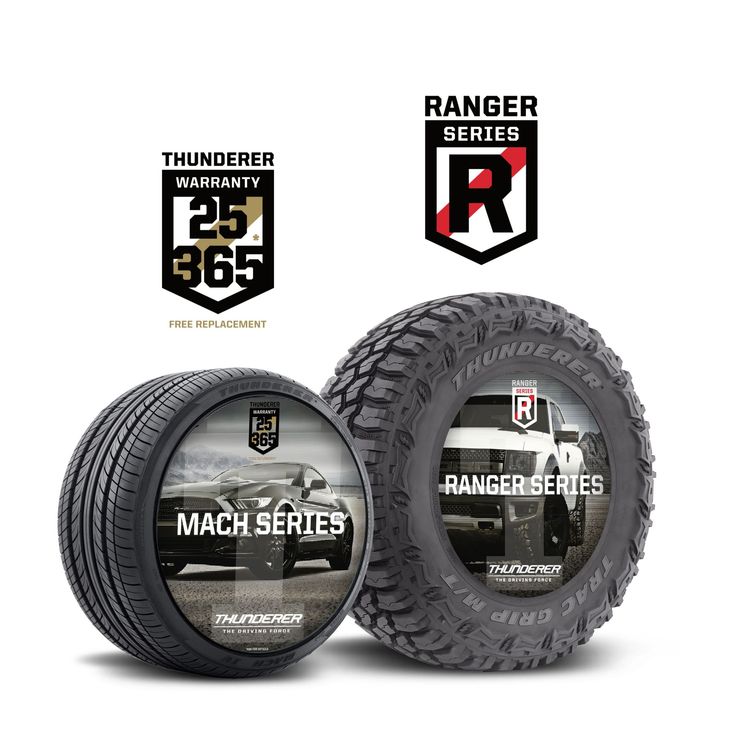 com is reader-supported. When you buy through links on our site, we may earn an affiliate commission at no added cost to you
com is reader-supported. When you buy through links on our site, we may earn an affiliate commission at no added cost to you
Tires are widely recognized as one of the most expensive parts of commercial trucking fleet maintenance. Well-maintained tires are also essential for ensuring your safety while driving. Understanding the lifespan of their semi-truck trailer tires is one of the ways managers can cut the costs associated with unexpected tire repair and replacement.
‘How long do semi-tire trucks last’ is a common question we hear from drivers who want to ensure that their semi-truck tires stay in good shape and gets the most out of miles long.
Semi-truck tires have an average lifespan of three to six years if they are kept in good condition. That said, tires should never be left on a truck for more than six years. Experts also advise replacing your tires in pairs because uneven treads can cause your truck to ride rougher. Several factors will influence how long you can go without changing your tires.
What's In This Guide?
When it comes to semi-truck trailer tires, there is no one-size-fits-all solution. Tires can develop air bubbles or cracks that compromise their structural integrity. They can also develop small holes in them, resulting in slow leaks that can lead to blowouts and fatal accidents.
Mileage is one of the factors that can affect the lifespan of semi-truck tires. Tires that are more exposed to possible rock drilling in the vicinity of building sites or quarries should be replaced sooner than those which are generally used on highways. These roads tend to exacerbate the wear and tear of tires, especially in semi-trailers.
The type of tires you use for your fleet will also influence how frequently you must replace them. Extreme drive on the ground, the weight of loads, hard braking, and acceleration are the things that affect the lifespan of semi-truck tires too.
The best way for fleet managers to expect maintenance or replacement of semi-truck tires is to comprehend the yearly mileage of their fleets and miles per 1/32nd of rolling depth. Fortunately, some tools can be used by managers with little manual work.
What Are Semi-Truck Tires Made Of?Semi-Truck tires are incredibly complicated, with up to seven different materials layers in many of them. Sulfur and zinc oxide chemicals help to improve traction and rolling strength. Heavy-duty tires consist of numerous layers from a synthetic rubber liner to a polyester cove such as:
Inner LinerThe inner liner replaces the tube inside the tires, which consists of a rubber layer with enhanced sealing properties. The butyl, synthetic rubber, or polyisoprene is the general composition of the rubber. This liner is where the air inside is kept.
The butyl, synthetic rubber, or polyisoprene is the general composition of the rubber. This liner is where the air inside is kept.
This layer has cords running radially from bead to bead. The carcass is the tire’s framework, its most significant component, and the area where internal air pressure, weight, and shock are absorbed.
BeadThis connects the tire to the rim. The area is composed of several components, including the bead wire, core, rubber, and flipper. In general, the rim is slightly tightened so that if the air pressure suddenly drops while driving, the tire will not become dislodged from the rim. The bead wraps around the cord’s end and secures the tire to the metal rim.
SidewallLocated between the tire’s shoulder and bead, this protects the carcass while also increasing ride-ability due to its flexible extension and contraction movements. This section of the tire also carries a lot of information, such as the tire type, standard, structure, pattern, who manufactured it, and the brand name.
These are strong reinforcement layers placed between the tread and carcass in bias tires. Their functions are similar to those of the breaker but more effective at tightening the carcass.
Cap PlyThe cap ply prevents tires from overheating and aids in tire shape retention. It is often made of polyester.
TreadThe tread is made up of a thick layer of rubber that makes direct contact with the road surface. To protect the carcass and belt, the tread is very resistant to fracture and shock.
The Importance of Professional Tire MaintenanceIt is vital to keep your tires properly maintained, have adequate air levels, and are in good condition for your safety and the safety of other drivers. Tire blowouts can result in fatal accidents, and the most typical reasons include damaged tires, incorrectly inflated tires, and tires that are worn out and too old. It is recommended that your tires be serviced regularly to ensure their safety on the road.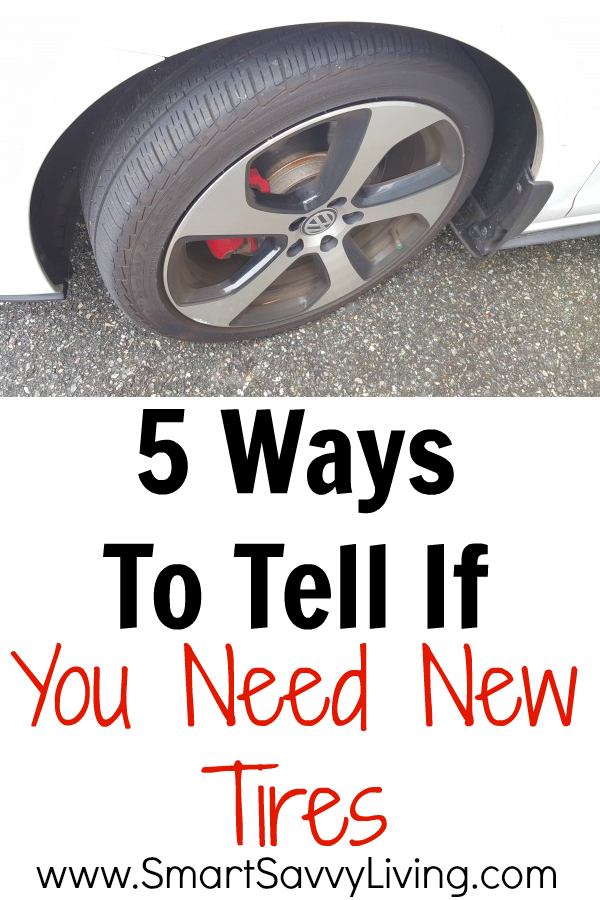 Checking tire pressure, inspecting tires for gouges or cracks, and repairing or replacing as needed are all part of the process. Even with routine maintenance and inspection, determining when a tire is unsafe can be challenging.
Checking tire pressure, inspecting tires for gouges or cracks, and repairing or replacing as needed are all part of the process. Even with routine maintenance and inspection, determining when a tire is unsafe can be challenging.
As part of the tire maintenance procedure, these activities not only will keep you and your trailer safe but also extends the tire’s lifespan in the long haul. This includes timely tire rotation at least every 10,000 miles and conduction wheel balancing and alignment should there be tire irregularities.
Schedule tire rotation every 10,000 milesSince semi-truck tires experience a lot of stress compared to regular passenger car tires, their rotation schedule is earlier than the latter. This process aids in achieving even wear across all of your tires.
Wheel balance and alignmentThis process is often overlooked on trucks mainly due to the equipment for alignment and balancing is different from regular ones.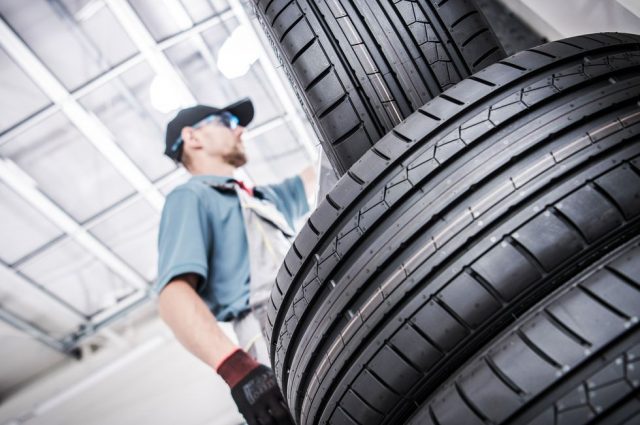 However, this process is equally important as it brings resolution to difficulties such as uneven tire wear or tire that tugs to one side or the other.
However, this process is equally important as it brings resolution to difficulties such as uneven tire wear or tire that tugs to one side or the other.
Semi-truck tires can last up to six years if properly maintained. They are designed with more durable materials due to the nature of how they were being used. Though they are built tough for more demanding tasks, proper tire care and timely maintenance must still be observed since their exposure to stresses will likely wear them out quickly. Additionally, adequate knowledge of their composition will help drivers understand how to care for them.
Recently Published GuidesTop Tire Retailers
A car tire is a rubber elastic shell that is mounted on a disc rim. It is she who is in direct contact with the surface of the roadway and is directly designed to reduce small fluctuations on the roads, as well as to compensate for flaws in the trajectory of the wheels.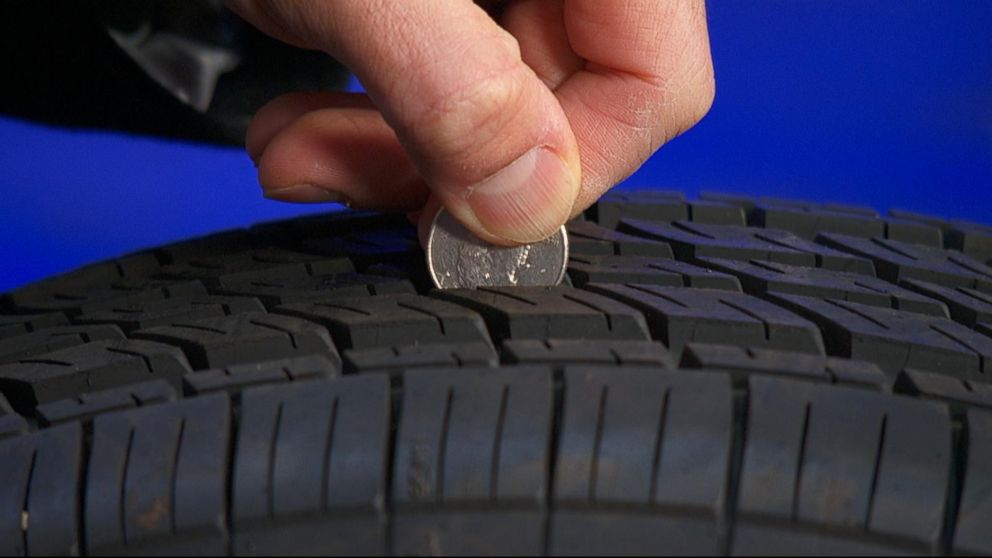 During operation, it is subjected to heavy loads of a diverse nature, therefore it naturally has its own service life, which is influenced by a number of factors.
During operation, it is subjected to heavy loads of a diverse nature, therefore it naturally has its own service life, which is influenced by a number of factors.
Expiration date is the period during which the company guarantees the possibility of using the product for its intended purpose and bears full responsibility for defects that arose through its fault.
When buying tires, you need to look so that no more than three years have passed from the moment of production. The date of manufacture and any other information is very easy to find out, it is indicated on the tire label among the general information about dimensions, design, speed and load ratings.
Tire production date
Russian legislation establishes the service life of car tires under warranty in accordance with GOST 4754-97 and GOST 5513 - 5 years from the date of manufacture, but for tires, first of all, the main indicator is the quality of the product, not time its use.
According to GOST, the average tire life should be calculated in the following order:
Experts recommend replacing tires before they reach their expiration date. Some motorists believe that rubber is suitable if it is rarely used, and at the same time its age is already 5-6 years old, but this is an erroneous opinion! Indeed, due to the fact that defects appear in tires during operation and storage, they are associated with its oxidation and cracking - at a critical moment, it can let you down.
Shelf life - a certain period during which the product, subject to the established rules of storage and operation, must retain all its properties. If the shelf life has expired, this does not mean at all that the product is unsuitable for use, but its technical characteristics may decrease.
If the shelf life has expired, this does not mean at all that the product is unsuitable for use, but its technical characteristics may decrease.
Tires can age through physical and chemical processes, this hypothesis applies to tires that are not used or little used. To prevent the aging process itself, special substances are added to the rubber compound that help counteract harmful chemical compounds with oxygen and ozone. Doing so will ensure that, when stored properly, the tire will meet the definition of a new tyre.
It should be noted that the warranty shelf life is not the service life of . The storage period for five years is set, not because the tire will deteriorate after that, but because, according to the law, the manufacturer does not have the right to establish a shorter warranty period, which is protection for the end user.
In recent years, many American experts believe that the shelf life and operation of car tires should be limited to 10 years. In turn, German experts believe that the expiration date of tires should be limited to 6 years, this also applies to new tires.
In turn, German experts believe that the expiration date of tires should be limited to 6 years, this also applies to new tires.
Rules and norms for storage of pneumatic tires according to GOST 24779-81:

For a complete list of rules and recommendations for proper tire storage, see the article “How to store car tires”.
Well-known brands of imported tires, such as: Bridgestone, Michelin, Goodyear and Dunlop last up to 10 years or more from the date of manufacture, this period is generally accepted throughout the world. But the total shelf life and storage in the warehouse, from the date of issue, tires Continental is no more than 5 years.
Although, as we have already figured out, the storage conditions of tires mean a lot, not only new ones, but also those that were removed from the car until the next season. For example, nokian tire expiration date ranges from 3-5 years, subject to verification at least 1 time per year, after 5 years of use.
Unfortunately, the legislation does not establish the permissible storage periods for tires in a warehouse, but experts believe that a tire that has lain there for about 5 years is still equal to a new one.
The tire life of a vehicle is the length of time the manufacturer warrants the tires and is fully responsible for any defects found during use. According to manufacturers, tires should last at least ten years, although in practice they have to be replaced approximately every 5-6 years, in some cases even less.
There are many different factors that affect the wear of car tires, the main ones are listed below:
 Please note that depending on this parameter, there are certain norms for the mileage of car tires on the roadway:
Please note that depending on this parameter, there are certain norms for the mileage of car tires on the roadway:  It is known that the service life of Chinese rubber is about two seasons, and branded rubber can last about seven years. When choosing tires, you need to pay attention to the manufacturer, because fakes are often sold under well-known brands.
It is known that the service life of Chinese rubber is about two seasons, and branded rubber can last about seven years. When choosing tires, you need to pay attention to the manufacturer, because fakes are often sold under well-known brands. Next, let's take a closer look at the instructions for certain actions that need to be performed in case of wear on car tires.
When diagnosing tires, in addition to the fact that it is imperative to pay attention to the degree of wear, there are also other equally important factors indicating the end of the service life.
In order to determine when the service life of car tires ends with a detailed inspection, you need to pay attention to the following points:
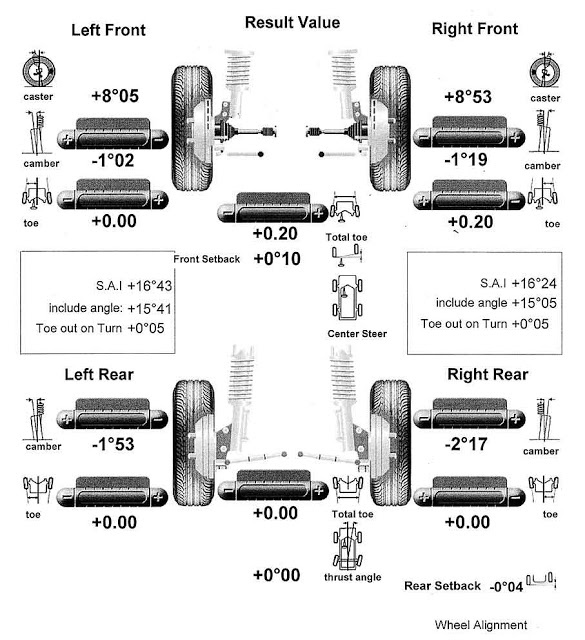 The degree of wear can be determined by eye or with the help of tools. On the outside, the tire surface has numbers with different depths, so you can easily determine the degree of wear. In order to measure the tread height, you can use a ruler with a special depth gauge. For summer tires, this parameter should be equal to more than 1.6 mm, in turn, for winter tires - more than 4 mm. If these parameters are less, then it is necessary to replace the tires. When the wear is uneven, then measurements should be taken in the area where the wear is most visible. Otherwise, if the tread edge is worn on only one side, then the camber-toe angle has been violated.
The degree of wear can be determined by eye or with the help of tools. On the outside, the tire surface has numbers with different depths, so you can easily determine the degree of wear. In order to measure the tread height, you can use a ruler with a special depth gauge. For summer tires, this parameter should be equal to more than 1.6 mm, in turn, for winter tires - more than 4 mm. If these parameters are less, then it is necessary to replace the tires. When the wear is uneven, then measurements should be taken in the area where the wear is most visible. Otherwise, if the tread edge is worn on only one side, then the camber-toe angle has been violated.  Also, such “hernias” can appear on the inside of the wheel, so you need to be extremely careful and inspect in time.
Also, such “hernias” can appear on the inside of the wheel, so you need to be extremely careful and inspect in time. When any defects were noticed in the tires, it is recommended to carry out a replacement, and not a rescue restoration, in order to somehow extend the period of use.
To prolong the life of car tires, it is necessary to periodically diagnose them.
In order to make your tires last longer, you need to follow certain rules of use:
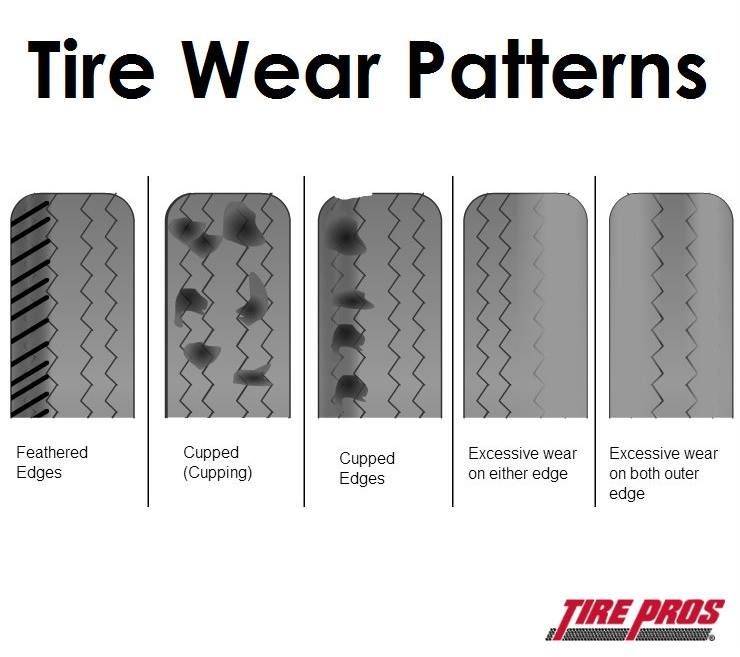 If the pressure is increased, then the wear also increases, but 2 times less than in the reduced one.
If the pressure is increased, then the wear also increases, but 2 times less than in the reduced one. Since there is always more wear on the front (driving) wheels, then every 10-15 times. thousand or at the time of changing seasonal tires, it is advisable to change it in places.
Swapping front tires to rear tires
Scheme of swapping 5 car wheels
Please note that although there are tires with directional and non-directional patterns, you still cannot change the direction of rotation of the wheel. And in the second option, the front wheels must be reboarded before being installed back.
It is necessary to check if the tires are correctly installed in relation to the rims, which is usually indicated on the sidewalls of the tires, this is important, since if the tires rotate in the opposite direction to the design, all their performance will be significantly reduced in all modes of operation of the car.
Non-directional tire replacement scheme
All-wheel drive tire replacement scheme
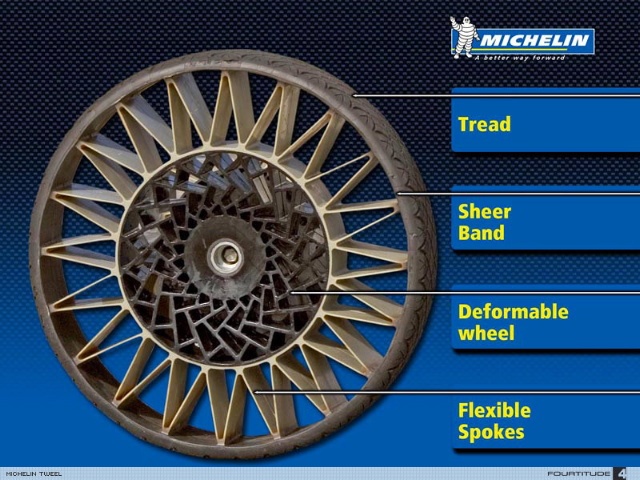
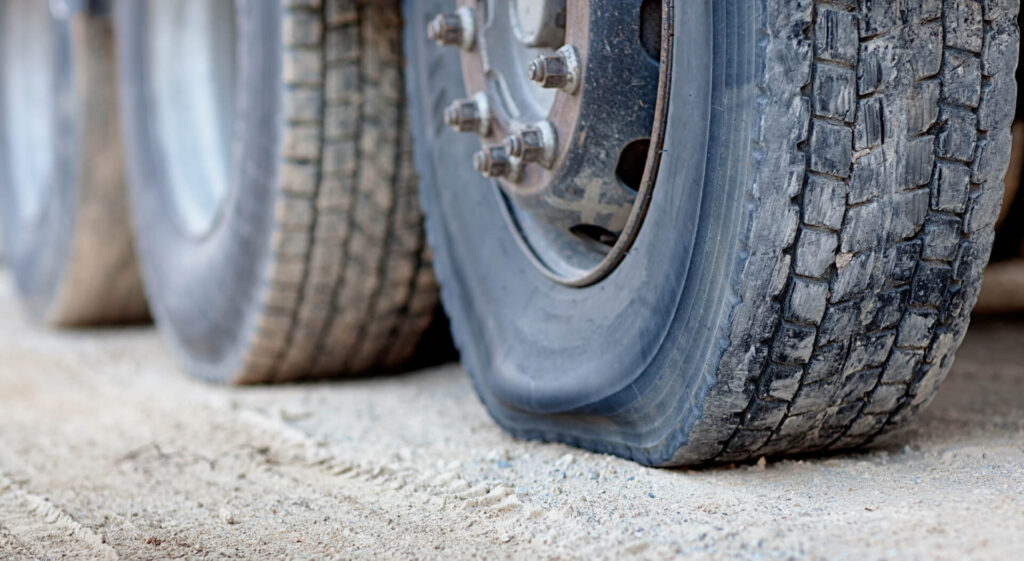
Experts recommend that you regularly check the condition of your tires, monitor the pressure and degree of tread wear. After all, it is much more profitable to fix a malfunction in the early stages than to change all the rubber later. It must be remembered that proper and timely tire care is your safety and guarantee of the durability of your rubber.
Manufacturer Bridgestone has developed winter tires specifically for the CIS countries. The line has been updated with studded and non-studded models. They provide effective braking and good handling on rough, snowy and icy roads.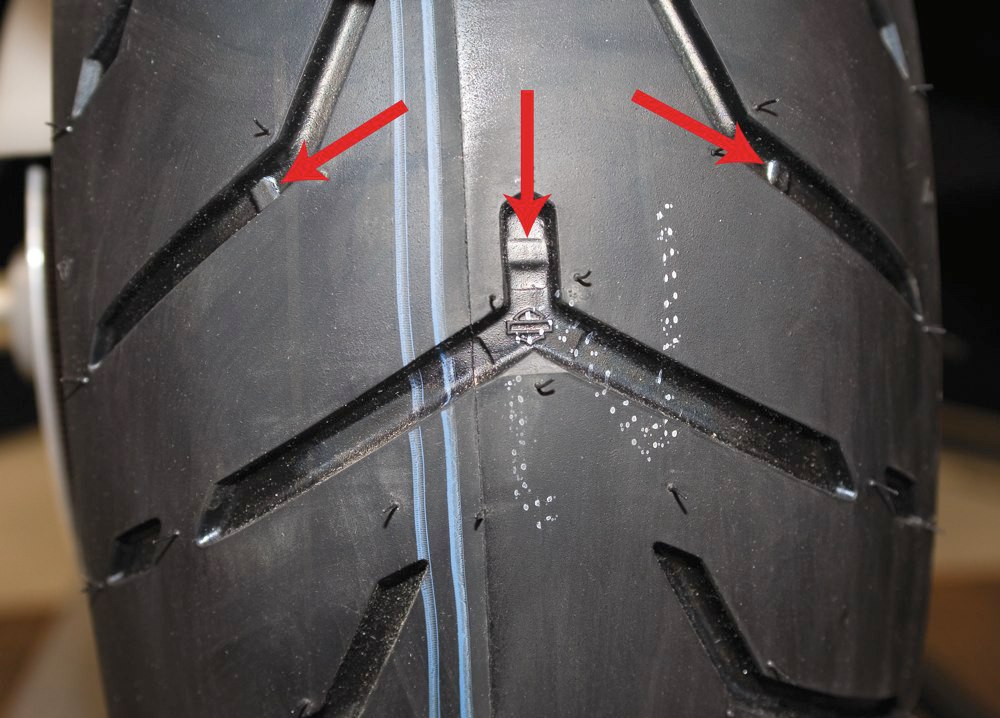 Due to the special structure, the rubber absorbs moisture under the tire and cleans the tread.
Due to the special structure, the rubber absorbs moisture under the tire and cleans the tread.
In order for tires to last as long as possible, it is necessary to choose the right model. You should also take into account the characteristics of the ride and climatic conditions. The service life of Bridgestone tires is 10 years. But with proper care and timely replacement (for the summer and winter), they will last longer.
However, it is recommended to carry out diagnostics annually, pay attention to the appearance, pressure loss in the tire. Such measures will determine whether the tire needs to be changed or if it is fit for use.
Bridgestone tires are in high demand, which is not surprising, since they are thoroughly tested for quality even at the production stage. For their manufacture, components are used that allow products to meet international standards. The main features of these tires are directional stability, excellent grip, good handling. They are considered the most reliable and safe.
They are considered the most reliable and safe.
The Speed Index is the maximum allowable speed at which a properly inflated tire can be driven under load. The speed index, indicated by a letter, is located after the load index on the sidewall of the tire. For example, for a tire with a speed index of V, the maximum speed is 240 km/h. The tire load index is a numerical expression of the maximum load that a tire can withstand at the speed indicated by the corresponding index and at a certain air pressure in it. For example, for a tire with a load index of 116, the maximum load is 1250kg.
The country of manufacture is marked on the sidewall of each tire. For example, the inscription Made in Japan indicates that the tire is made in Japan.
The date of manufacture can be found in the DOT number which is printed on the sidewall of each tire. The three letters “DOT” on the sidewall indicate that the tire meets US Department of Transportation safety standards and is approved for use on highways.
Example: DOT YDLX P8U 4617
“DOT” is followed by an 11-character alphanumeric code. The first two characters after "DOT" identify the tire manufacturer and manufacturer's code. The next 5 characters is a code defined by each manufacturer and indicates the internal codification. The eighth and ninth characters correspond to the week the tire was made. The last digit (or digits) indicates the year the tire was manufactured. The marking from the example means that the tire was manufactured in the 46th week of 2017.
The mileage on a set of tires depends very much on a number of factors, such as operating conditions, the quality of the road surface. Extremely affects the life of the tires and their wear and tear the manner of driving. Regular hard accelerations and brakings significantly shorten the life of your tires.
The appearance of uneven wear can be caused by various reasons, such as incorrect tire pressure, malfunctions of the vehicle suspension, incorrect alignment, violations of operating conditions. To prevent the occurrence of uneven wear, we recommend that you regularly inspect the tires and do not forget to monitor the pressure in them and the technical condition of the car. When changing tires seasonally, we recommend swapping wheels.
To prevent the occurrence of uneven wear, we recommend that you regularly inspect the tires and do not forget to monitor the pressure in them and the technical condition of the car. When changing tires seasonally, we recommend swapping wheels.
The maximum allowable wear level is determined by the Traffic Rules of the Russian Federation and is equal to 1.6 mm of rubber on the entire tread surface for summer car tires. For winter tires, the wear limit allowed by law is 4 mm.
The tread pattern is classified into three main types: non-directional asymmetric, directional symmetrical and symmetrical.
Directional: Directional tread tires are ideal for sports cars that regularly drive on wet roads. They are also recommended for driving on snowy roads. Mounting: As with asymmetric tyres, it is important to follow the direction of the tire's rolling, as indicated by the arrow on the sidewall.
Symmetric: Symmetric tires are designed primarily for city or compact cars for short distance driving. The tire is suitable for those looking for good value for money. Mounting: A symmetrical busbar does not have a mounting direction. It can be installed and interchanged without fear of making a mistake.
The tire is suitable for those looking for good value for money. Mounting: A symmetrical busbar does not have a mounting direction. It can be installed and interchanged without fear of making a mistake.
The car manufacturer usually gives recommendations on tire selection. There can be several recommended tire sizes, each of which is guaranteed to fit the car without significant loss of handling, ride, speedometer readings and durability of the chassis elements. Alternative tire sizes that can be fitted to the vehicle can be found in the vehicle's owner's manual.
RunFlat technology is based on the concept of reinforced tire sidewalls. When a conventional tire deflates, it simply sags under the weight of the car, the beads move away from the rim and the sidewalls flatten onto the road, the weight completely destroying the tire in a few kilometers. Reinforced sidewalls of RunFlat tires keep the tire on the rim and successfully support the weight of the car after a puncture and complete loss of pressure.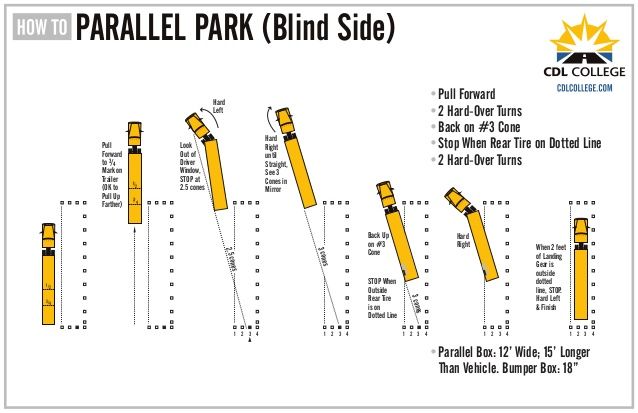 At the same time, all dynamic vehicle security systems such as ABS, ESP, DSC, CBC, etc. remain active. The maximum distance on a flat tire depends on road conditions and vehicle load, about 80 km. The maximum speed of the car is not more than 80 km/h.
At the same time, all dynamic vehicle security systems such as ABS, ESP, DSC, CBC, etc. remain active. The maximum distance on a flat tire depends on road conditions and vehicle load, about 80 km. The maximum speed of the car is not more than 80 km/h.
Tires should be checked regularly. Particular attention should be paid to the condition of the tread, to identify the presence of cuts, cracks and other damage. Tires do not require additional care. Avoid applying various aggressive detergents (thinner, gasoline, etc.) to the tires.
Tire pressure should be selected based on the recommendations of the vehicle manufacturer. This information can be found on the information plate, which is usually located on the gas tank flap or doorway. The same information is displayed in the instruction manual for your car.
Your tires lose some pressure during use. We recommend checking every month or before long trips.
According to a 2017 Bridgestone survey conducted in Irkutsk and Krasnodar, 52% of vehicles tested had incorrect tire pressures.
Under reduced pressure, their adhesion to the road surface deteriorates, uneven wear appears, and fuel consumption increases. With increased pressure, depreciation worsens when overcoming bumps, the tire wears unevenly.
Nitrogen is an inert gas, which is dry air without oxygen (air contains about 78% nitrogen). The physical properties of nitrogen reduce pressure loss due to the natural permeability of tire materials, but do not completely eliminate it. Unfortunately, there are other ways for leakage: the point of contact between the tire and the rim, the valve (nipple), which does not give an absolute guarantee of maintaining pressure when using nitrogen instead of air when inflating the tire.
We recommend swapping tires for seasonal replacement. This will extend the life of the tire set by ensuring that all 4 tires wear evenly.
If the tires are on rims, they can be stored in the “lying” position (wheels can be stacked on top of each other to save space) or suspended. It is not recommended to store tires on rims in a vertical position. When storing rubber without discs, on the contrary, it is forbidden to fold the tires in a horizontal position and hang them up. It is desirable to store rubber without discs vertically (you can close to each other).
It is not recommended to store tires on rims in a vertical position. When storing rubber without discs, on the contrary, it is forbidden to fold the tires in a horizontal position and hang them up. It is desirable to store rubber without discs vertically (you can close to each other).
We recommend installing newer tires on the rear axle of the vehicle. This is due to the fact that in the event of an emergency, tires with a deeper tread mounted on the rear axle will help prevent the car from skidding or demolition of its rear axle.
A car tire is a rubber elastic shell that is mounted on a disc rim. It is she who is in direct contact with the surface of the roadway and is directly designed to reduce small fluctuations on the roads, as well as to compensate for flaws in the trajectory of the wheels. During operation, it is subjected to heavy loads of a diverse nature, therefore it naturally has its own service life, which is influenced by a number of factors.
Shelf life is the period during which the company guarantees the possibility of using the product for its intended purpose and is fully responsible for defects that arose through its fault.
When buying tires, you need to look so that no more than three years have passed from the moment of production. The date of manufacture and any other information is very easy to find out, it is indicated on the tire label among the general information about dimensions, design, speed and load ratings.
Tire production date
Russian legislation establishes the service life of car tires under warranty in accordance with GOST 4754-97 and GOST 5513 - 5 years from the date of manufacture, but for tires, first of all, the main indicator is the quality of the product, not time its use.
According to GOST, the average tire life should be calculated in the following order:
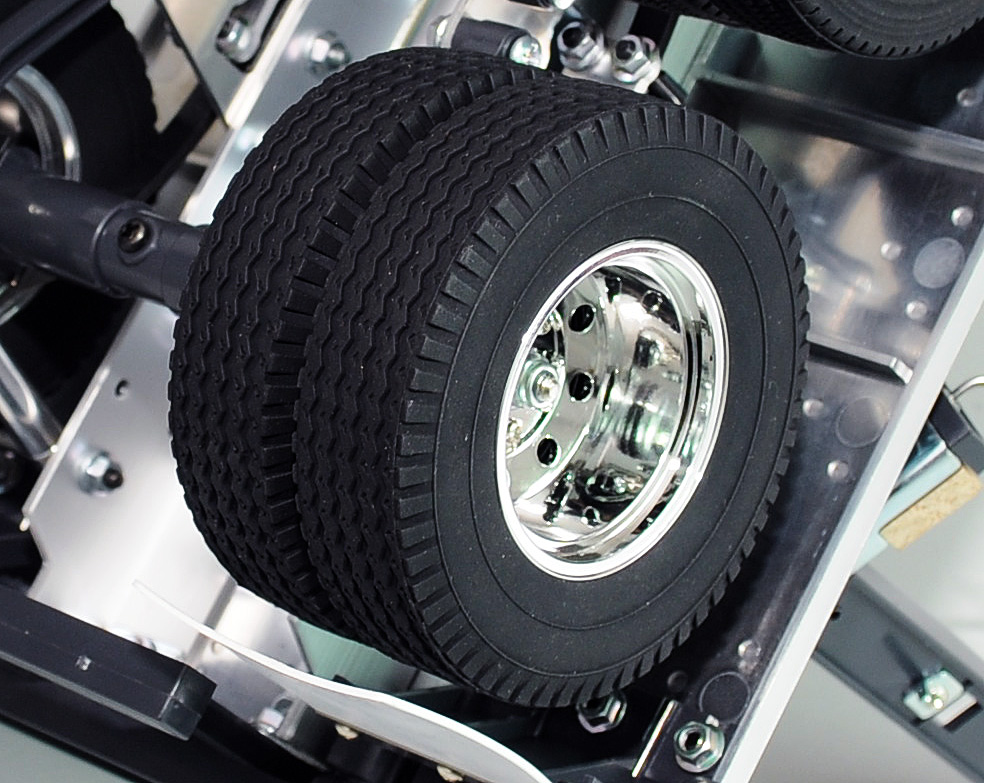 This is how high-speed options are designated, these products can be used at speeds over 240 kilometers per hour. The product must fully retain its properties for 6 years.
This is how high-speed options are designated, these products can be used at speeds over 240 kilometers per hour. The product must fully retain its properties for 6 years. Experts recommend replacing tires before they reach their expiration date. Some motorists believe that if rubber is rarely used, while its age is already 5-6 years old, but this is an erroneous opinion! Indeed, due to the fact that defects appear in tires during operation and storage, they are associated with its oxidation and cracking - at a critical moment, it can let you down.
Shelf life - a certain period during which the product, subject to the established rules of storage and operation, must retain all its properties. If the shelf life has expired, this does not mean at all that the product is unsuitable for use, but its technical characteristics may decrease.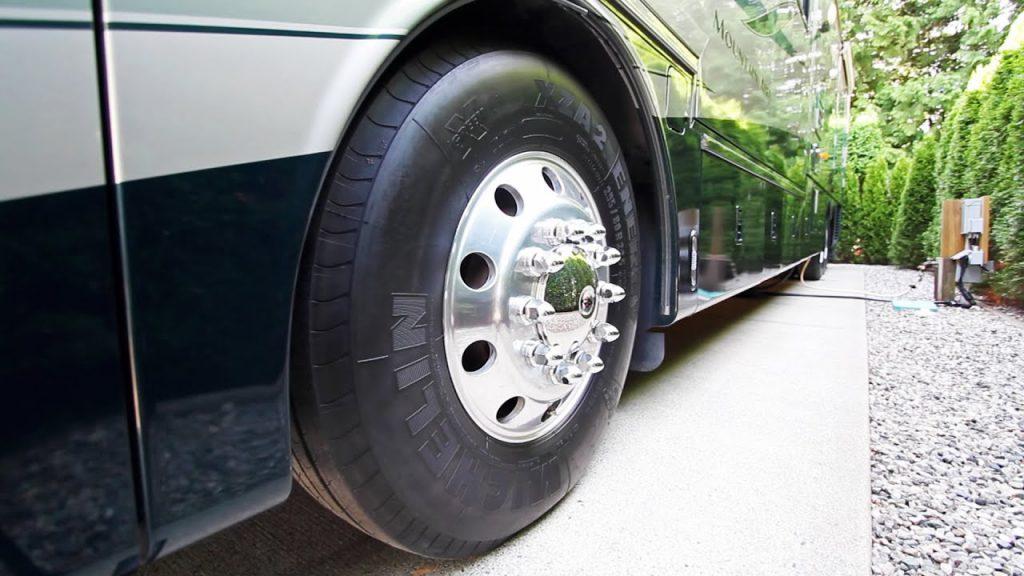
Tires can age through physical and chemical processes, this hypothesis applies to tires that are not used or little used. To prevent the aging process itself, special substances are added to the rubber compound that help counteract harmful chemical compounds with oxygen and ozone. Doing so will ensure that, when stored properly, the tire will meet the definition of a new tyre.
It should be noted that the warranty shelf life is not the service life of . The storage period for five years is set, not because the tire will deteriorate after that, but because, according to the law, the manufacturer does not have the right to establish a shorter warranty period, which is protection for the end user.
In recent years, many American experts believe that the shelf life and operation of car tires should be limited to 10 years. In turn, German experts believe that the expiration date of tires should be limited to 6 years, this also applies to new tires.
Rules and norms for storage of pneumatic tires according to GOST 24779-81:

For a complete list of rules and recommendations for proper tire storage, see the article “How to store car tires”.
Well-known brands of imported tires, such as: Bridgestone, Michelin, Goodyear and Dunlop last up to 10 years or more from the date of manufacture, this period is generally accepted throughout the world.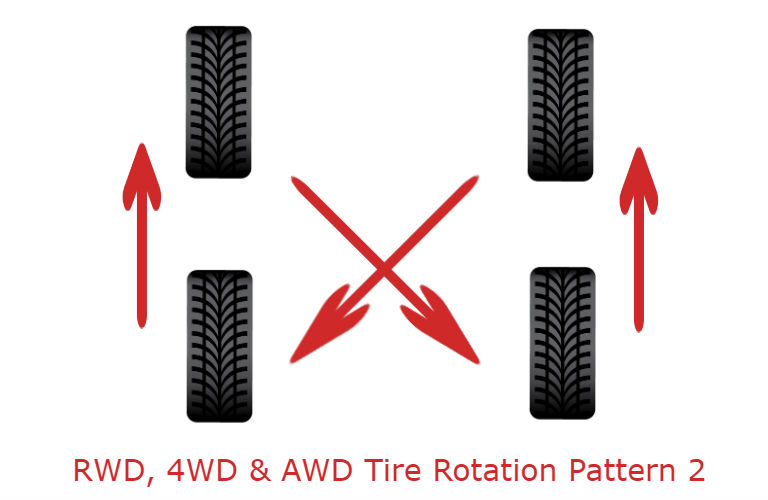 But the total shelf life and storage in the warehouse, from the date of issue, tires Continental is no more than 5 years.
But the total shelf life and storage in the warehouse, from the date of issue, tires Continental is no more than 5 years.
Although, as we have already figured out, the storage conditions of tires mean a lot, not only new ones, but also those that were removed from the car until the next season. For example, nokian tire expiration date ranges from 3-5 years, subject to verification at least 1 time per year, after 5 years of use.
Unfortunately, the legislation does not establish the permissible storage periods for tires in a warehouse, but experts believe that a tire that has lain there for about 5 years is still equal to a new one.
The tire life of a vehicle is the length of time the manufacturer warrants the tires and is fully responsible for any defects found during use. According to manufacturers, tires should last at least ten years, although in practice they have to be replaced approximately every 5-6 years, in some cases even less.
There are many different factors that affect the wear of car tires, the main ones are listed below:
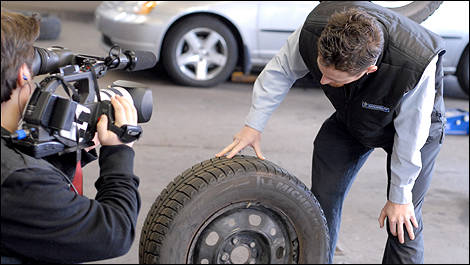
Next, let's take a closer look at the instructions for certain actions that need to be performed in case of wear on car tires.
In order to determine when the life of a car tire ends, upon detailed inspection, you need to pay attention to the following points:
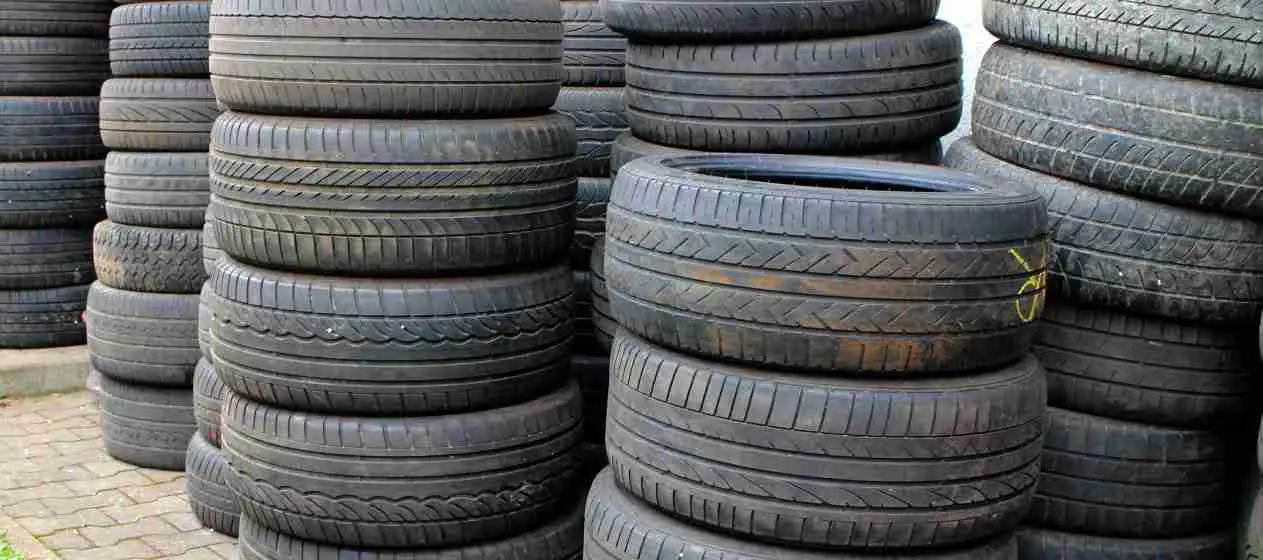 The degree of wear can be determined by eye or with the help of tools. On the outside, the tire surface has numbers with different depths, so you can easily determine the degree of wear. In order to measure the tread height, you can use a ruler with a special depth gauge. For summer tires, this parameter should be equal to more than 1.6 mm, in turn, for winter tires - more than 4 mm. If these parameters are less, then it is necessary to replace the tires. When the wear is uneven, then measurements should be taken in the area where the wear is most visible. Otherwise, if the tread edge is worn on only one side, then the camber-toe angle has been violated.
The degree of wear can be determined by eye or with the help of tools. On the outside, the tire surface has numbers with different depths, so you can easily determine the degree of wear. In order to measure the tread height, you can use a ruler with a special depth gauge. For summer tires, this parameter should be equal to more than 1.6 mm, in turn, for winter tires - more than 4 mm. If these parameters are less, then it is necessary to replace the tires. When the wear is uneven, then measurements should be taken in the area where the wear is most visible. Otherwise, if the tread edge is worn on only one side, then the camber-toe angle has been violated. 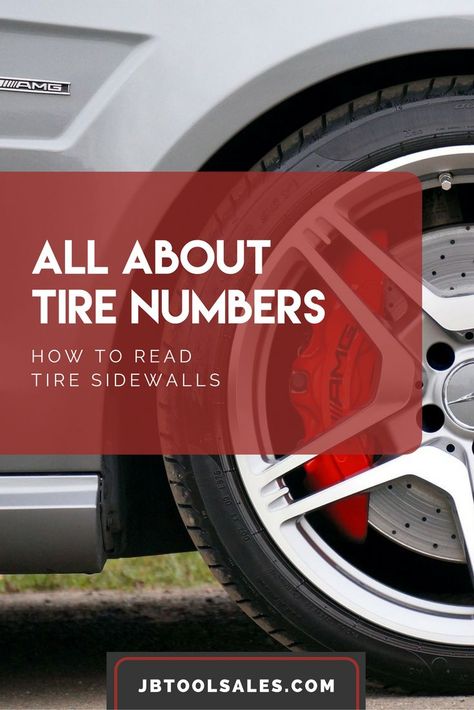 Also, such “hernias” can appear on the inside of the wheel, so you need to be extremely careful and inspect in time.
Also, such “hernias” can appear on the inside of the wheel, so you need to be extremely careful and inspect in time. When any defects were noticed in the tires, it is recommended to carry out a replacement, and not a rescue restoration, in order to at least somehow delay the period of use.
In order for your tires to be more durable, you need to follow certain rules of use:
